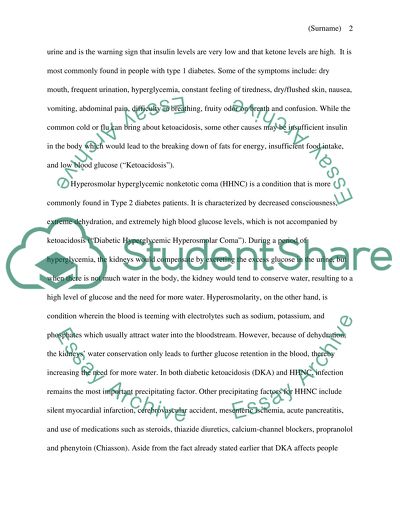Diabetic Ketoacidosis v Hyperglycamic Hyperosmolar State Essay. Retrieved from https://studentshare.org/miscellaneous/1537538-diabetic-ketoacidosis-v-hyperglycamic-hyperosmolar-state
Diabetic Ketoacidosis V Hyperglycamic Hyperosmolar State Essay. https://studentshare.org/miscellaneous/1537538-diabetic-ketoacidosis-v-hyperglycamic-hyperosmolar-state.


